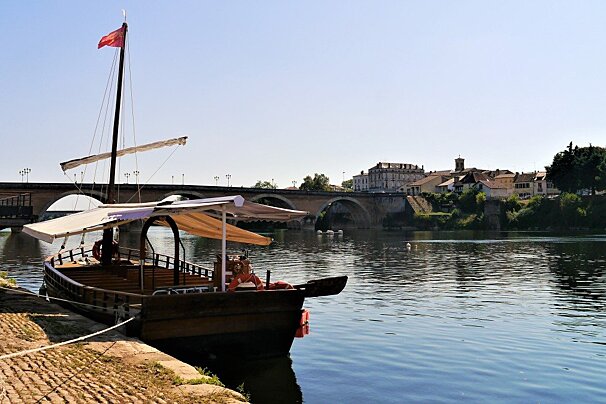
Bergerac, Perigord Pourpre
The largest town in the area, Bergerac, still retains a quaint old feel, with a change in pace in the summer months.
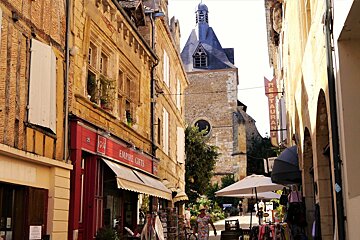
© PWilliamson
Discover the top destinations in west Dordogne
The Perigord Pourpre is to the south west of the Dordogne and centres around the city of Bergerac, following the lower part of the Dordogne River, as it becomes wider and slower moving after passing the town of Lalinde.

The largest town in the area, Bergerac, still retains a quaint old feel, with a change in pace in the summer months.

A small but beautiful medieval village built around the Cadoudin Abbey, constructed by the Cistercians in the 12th century. It's situated very close to the neighbouring larger town of Le Buisson de Cadouin
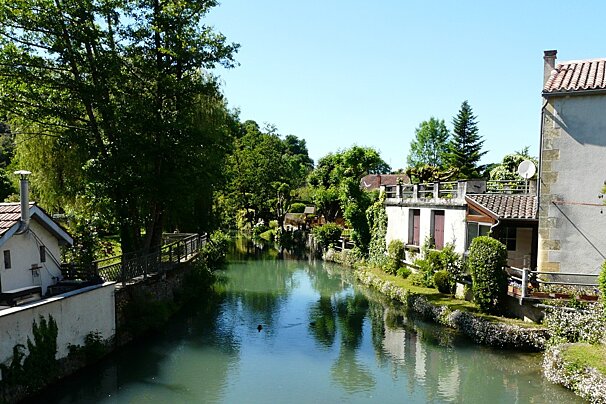
Couze used to be a paper-making village and a number of its old mills are still in existence, using the power of the Couze river to turn the water wheel.

Very much a textbook bastide village, it's laid out in a grid fashion around a central square. Eymet, as it exists today, was founded by Alphonse de Poitiers in 1270.
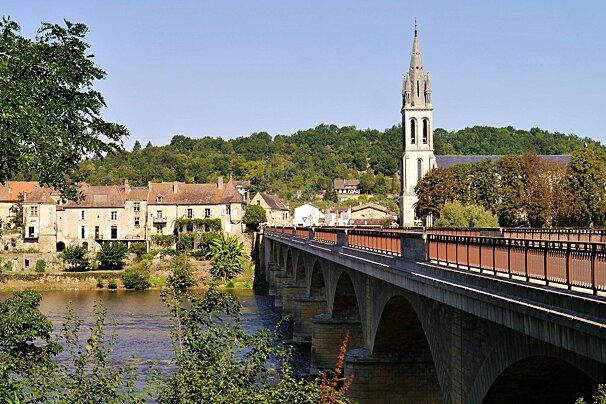
Founded in 1261, Lalinde was the first English bastide. Situated on the banks of the Dorgdogne, the town is also crossed by the Canal de Lalinde, constructed to bypass the dangerous rapids of Grand Thoret.
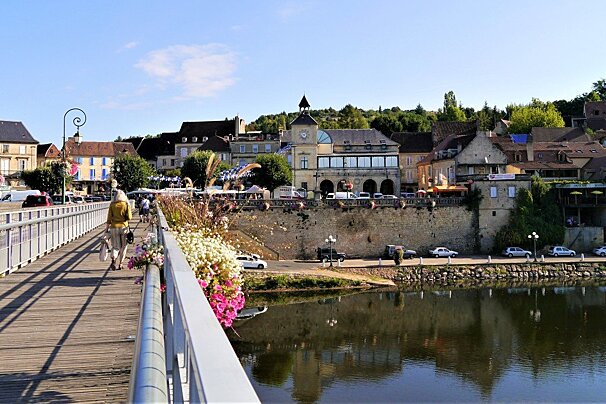
The relaxed town of Le Bugue sits on the river Vézère where it's joined by the Doux. A more tranquil base for exploring the region, it has some pretty, narrow streets and a bustling market twice a week.

Limeuil is a picturesque old village which features on the list of 'Les Plus Beaux Villages de France'. It has a pretty park on the top of the hill and some ruins from its medieval past.
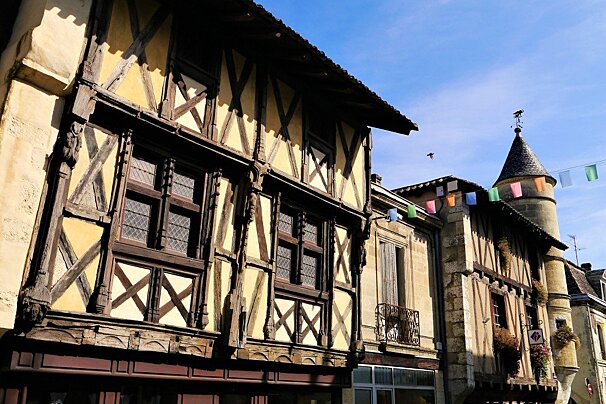
Sainte-Foy-la-Grande sits on the south bank of the Dordogne river. This attractive walled bastide town still has some of its medieval houses and is a good base for visiting the surrounding Sainte-Foy-Bordeaux wine region and nearby Château de Montaigne, home of Michel de Montaigne.

Trémolat was originally home to a 6th century hermit, Saint-Cybard, before monks built their monastery here in the 9th century.